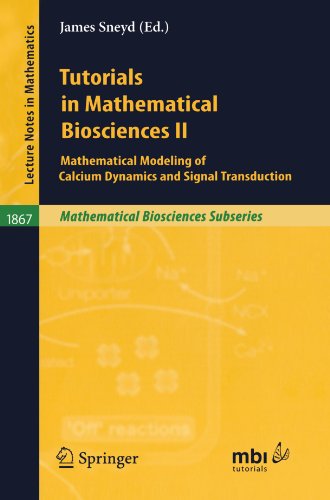

Most ebook files are in PDF format, so you can easily read them using various software such as Foxit Reader or directly on the Google Chrome browser.
Some ebook files are released by publishers in other formats such as .awz, .mobi, .epub, .fb2, etc. You may need to install specific software to read these formats on mobile/PC, such as Calibre.
Please read the tutorial at this link: https://ebookbell.com/faq
We offer FREE conversion to the popular formats you request; however, this may take some time. Therefore, right after payment, please email us, and we will try to provide the service as quickly as possible.
For some exceptional file formats or broken links (if any), please refrain from opening any disputes. Instead, email us first, and we will try to assist within a maximum of 6 hours.
EbookBell Team

4.7
16 reviewsThis book presents a series of models in the general area of cell physiology and signal transduction, with particular attention being paid to intracellular calcium dynamics, and the role played by calcium in a variety of cell types. Calcium plays a crucial role in cell physiology, and the study of its dynamics lends insight into many different cellular processes. In particular, calcium plays a central role in muscular contraction, olfactory transduction and synaptic communication, three of the topics to be addressed in detail in this book. In addition to the models, this book also presents much of the underlying physiology, so that readers may learn both the mathematics and the physiology at the same time, and see how the models are applied to specific biological questions. It is thus neither a mathematics book nor a physiology book, but has features from both sides of the fence.
It is intended primarily as a graduate text or a research reference. However, some parts of the book, particularly the introductory chapters on calcium dynamics will be well within the reach of some undergraduates. It will serve as a concise and up-to-date introduction to all those who wish to learn about the state of calcium dynamics modeling, and how such models are applied to physiological questions.